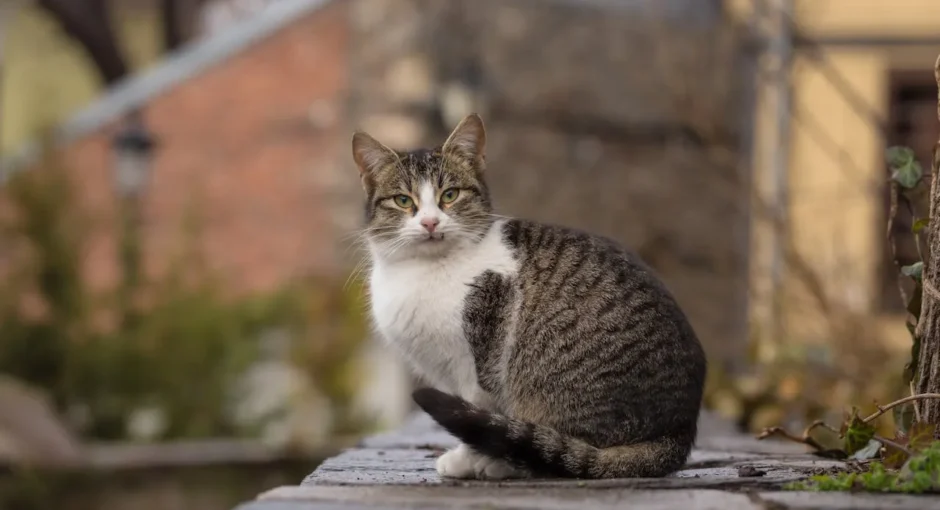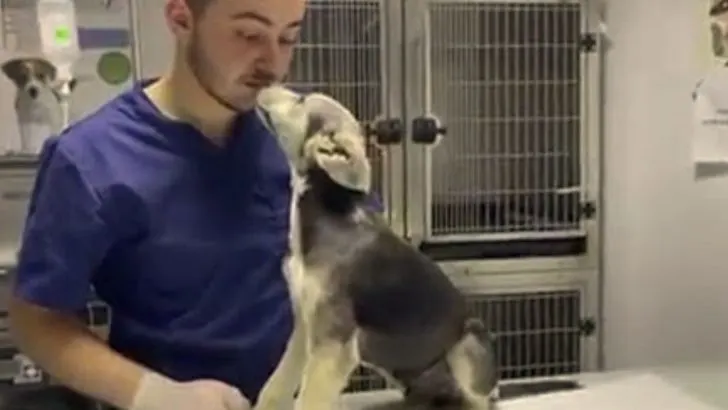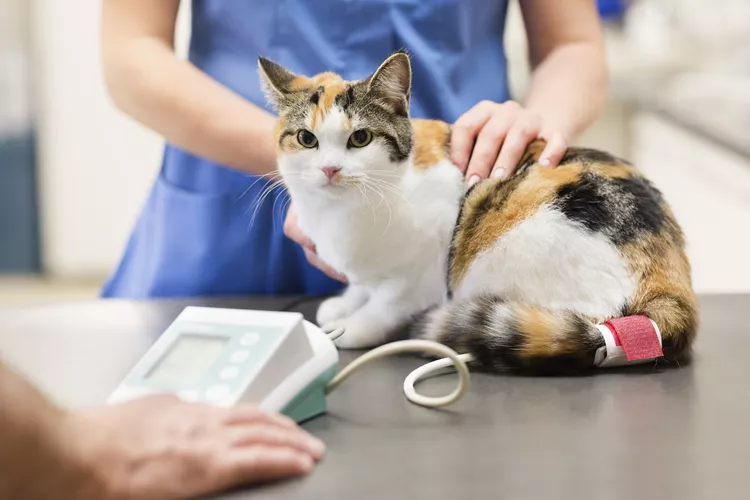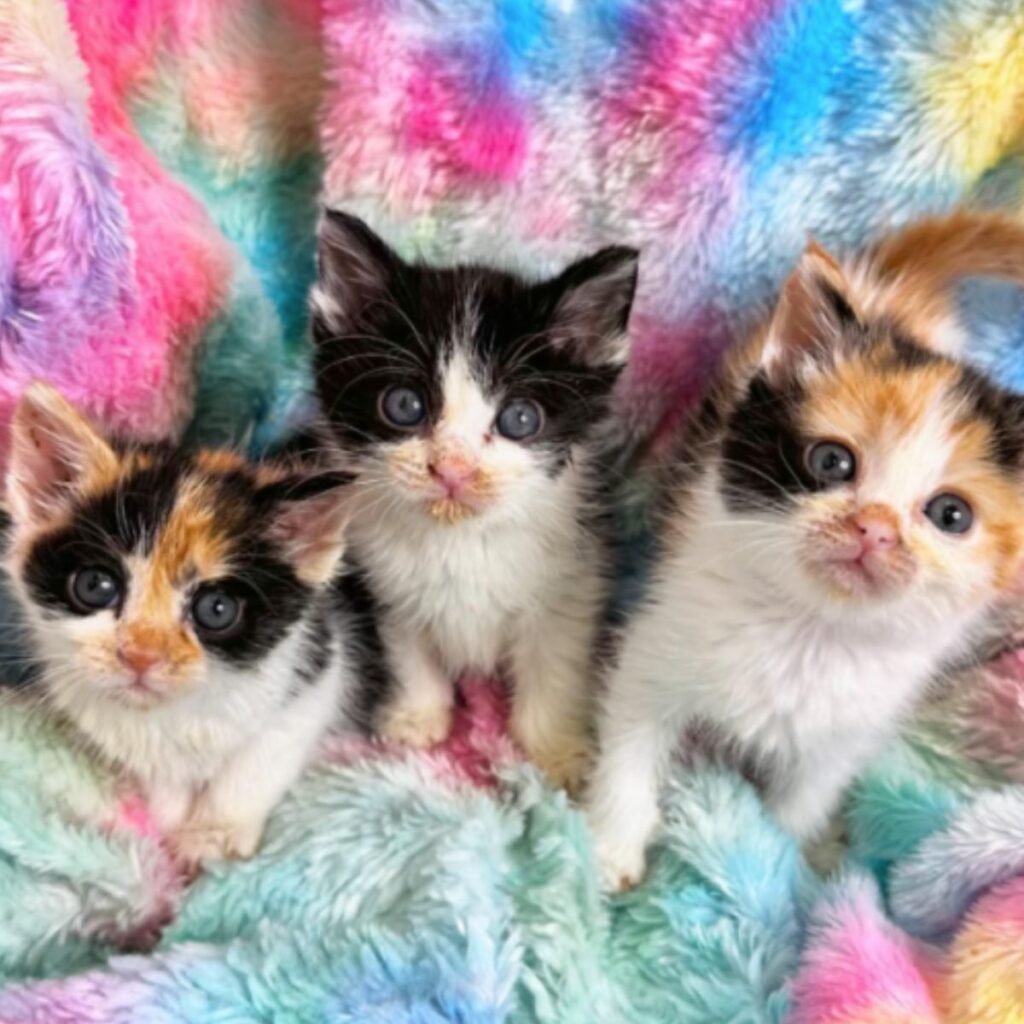Outdoor cats, beloved companions who explore the great outdoors, have a different lifespan compared to their indoor counterparts. While well-cared-for indoor cats can live up to 15 to 20 years, the life expectancy of an outdoor cat can range from 2 to 15 years. The true life expectancy of feral cats is difficult to determine, but estimates suggest that they typically live between 12 and 15 years.
Factors Affecting the Lifespan of Outdoor Cats
Several factors can impact the lifespan of outdoor cats. It is important to consider these factors in order to provide the best care for your outdoor feline companions and ensure their health and longevity.
- Access to Nutritious Food and Clean Water: Outdoor cats should have a consistent source of high-quality food and fresh water. A balanced diet is essential for their overall health and can help prevent nutritional deficiencies and related health issues.
- Adequate Shelter: Providing suitable shelter is crucial for protecting outdoor cats from extreme weather conditions. Rain, cold, and heat can all pose health risks to cats. A warm, dry, and well-insulated shelter can help prevent illnesses and injuries caused by exposure to harsh elements.
- Regular Veterinary Care: Just like indoor cats, outdoor cats also require regular veterinary care. Vaccinations can help protect them from common diseases, while spaying or neutering can prevent reproductive disorders and certain health risks. Regular check-ups and preventive treatments can detect and address any health issues early on, improving their overall well-being.
- Safety Measures: Outdoor cats face various risks in their environment. Providing secure enclosures or cat-proof fencing can help prevent accidents and protect them from predators. It is important to create a safe outdoor environment by removing any toxic substances or hazards that could endanger their health and safety.
By considering these factors and taking appropriate measures, you can significantly contribute to extending the lifespan of your outdoor cats and promoting their overall health and well-being.
Health Risks Faced by Outdoor Cats
Outdoor cats face numerous health risks that can significantly impact their lifespan. Predation by wildlife, such as coyotes, dogs, or larger cats, can pose a serious threat to outdoor cats. They are also more susceptible to infectious diseases, such as feline leukemia and feline immunodeficiency virus (FIV), which can be transmitted through fights with other cats or exposure to infected animals. Accidents, such as being hit by cars or getting trapped in dangerous situations, are common causes of injuries and fatalities among outdoor cats.
Outdoor Cats vs Indoor Cats: Lifespan Comparison
When comparing the lifespans of outdoor cats and indoor cats, it becomes evident that indoor cats generally live longer. The controlled indoor environment offers numerous benefits that reduce the risks outdoor cats face, including predation, accidents, and exposure to diseases.
On average, outdoor cats have a lifespan ranging from 2 to 15 years. However, well-cared-for indoor cats can live up to 15 to 20 years, almost doubling the lifespan of their outdoor counterparts.
The advantages of keeping cats indoors are numerous. Let’s explore some of the key factors that contribute to the extended lifespan of indoor cats:
- Reduced risk of predation: Outdoor cats are exposed to various predators, including larger cats, dogs, and wildlife like coyotes. In contrast, indoor cats are safe from such predatory threats.
- Lower chances of accidents: Outdoor cats face a higher risk of accidents, such as being hit by cars or getting trapped in dangerous situations. By keeping cats indoors, these accident risks are significantly reduced.
- Minimized exposure to diseases: Outdoor cats are more vulnerable to infectious diseases, such as feline leukemia and FIV, which can be transmitted through fights with other cats or exposure to infected animals. Indoor cats have limited exposure to such disease vectors, ensuring better health.
However, it’s essential to note that the longevity of indoor cats can also be influenced by various factors within the indoor environment. Providing a balanced diet, regular exercise, mental stimulation, and proper healthcare all contribute to the wellbeing and lifespan of indoor cats.
| Comparison | Outdoor Cats | Indoor Cats |
|---|---|---|
| Lifespan | Average of 2 to 15 years | Average of 15 to 20 years |
| Predation Risk | Higher | Lower |
| Accident Risk | Higher | Lower |
| Disease Exposure | Higher | Lower |
The table above provides a concise summary of the key differences between the two cat lifestyles, highlighting how keeping cats indoors can significantly enhance their lifespan and overall wellbeing.
Strategies for Extending the Lifespan of Outdoor Cats
There are several strategies that can help extend the lifespan of outdoor cats and ensure they stay healthy and happy. By implementing these tips, you can provide your outdoor cats with the care they need to live longer lives.
- Provide a consistent source of high-quality food: Feeding your outdoor cats a balanced diet with nutritious cat food can help improve their overall health. Look for cat food that is formulated specifically for outdoor cats, as it may contain additional nutrients that support their specific needs.
- Offer clean and fresh water: Proper hydration is essential for outdoor cats, especially during warmer months. Ensure you have clean and fresh water available for your cats at all times, replacing it regularly to prevent contamination.
- Regular veterinary care: Taking your outdoor cats for regular check-ups and vaccinations is crucial for their health and well-being. Regular veterinary care can help detect any potential health issues early on and prevent them from escalating into more serious conditions.
- Create a safe outdoor environment: Implementing measures to reduce the risks of accidents and predation can significantly increase the lifespan of outdoor cats. Consider creating secure enclosures or installing cat-proof fencing to provide a safe area for your cats to roam and play without the dangers of escaping or encountering predators.
- Implement parasite prevention: Fleas, ticks, and worms are common parasites that can pose serious health risks to outdoor cats. Regularly administering flea and tick preventives and deworming medications can help protect your cats from these parasites and the diseases they transmit.
- Provide warm and dry shelter: Outdoor cats need a safe and dry place to seek shelter, especially during harsh weather conditions. Providing a warm and dry shelter, such as a cat house or insulated shelter, can help protect your cats from extreme temperatures and prevent illnesses.
By following these strategies and consistently caring for your outdoor cats, you can help improve their overall health and extend their lifespan. Remember that every outdoor cat is unique, and their specific needs may vary, so it’s important to observe and assess their individual requirements to provide them with the best care possible.
Community Efforts to Support the Well-being of Outdoor Cats
Community efforts are essential in promoting the well-being of outdoor cats. Numerous organizations and individuals across the country actively participate in community programs that focus on caring for feral cats. These programs provide vital support to outdoor cat colonies by offering much-needed food, water, and shelter. Through their dedicated efforts, they contribute to the overall well-being and longevity of these cats.
A significant initiative in controlling the population of feral cats and improving their health is the Trap-Neuter-Return (TNR) program. This program involves trapping feral cats, providing them with necessary veterinary care, including spaying or neutering, and then returning them to their original location. TNR programs help prevent the overpopulation of feral cats, minimize the risks associated with uncontrolled breeding, and promote healthier and more stable cat colonies.
Community cat organizations also play a vital role in supporting outdoor cat welfare. These organizations focus on educating the public about responsible cat care, advocating for the protection of outdoor cats, and implementing positive changes through legislation and policies. They work tirelessly to raise awareness about the importance of spaying and neutering, regular veterinary care, and providing a safe and enriching environment for outdoor cats.
Collectively, these community efforts contribute to enhancing the quality of life for outdoor cats and extending their lifespan. By working together to provide essential resources, implementing population control measures, and advocating for their well-being, communities can create a safer and more compassionate environment for outdoor cats, ensuring they receive the care and support they deserve.







